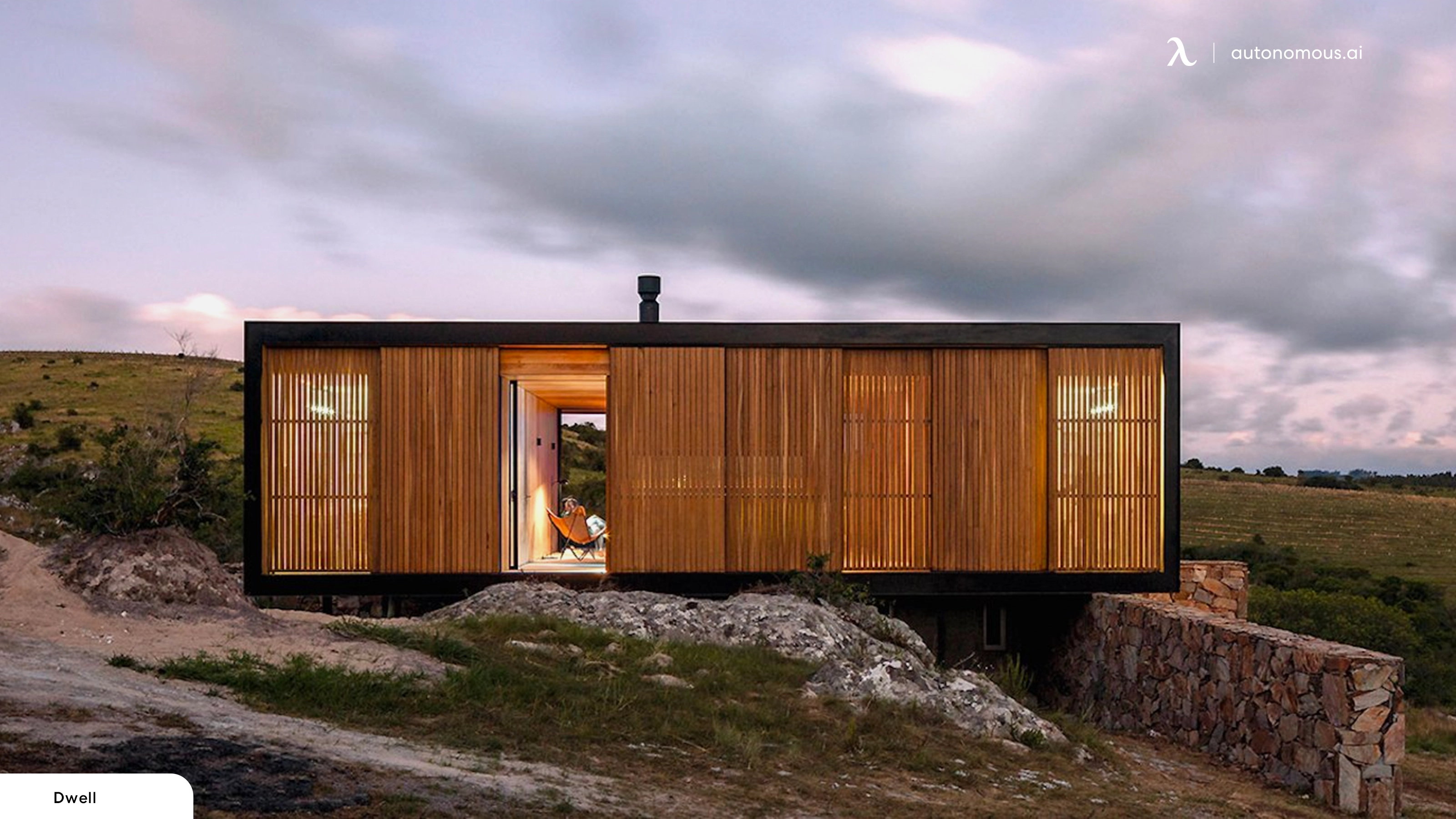Off Grid Living Food Your Guide to Self-Sufficiency
Off grid living food represents a thrilling adventure in self-reliance, a journey towards sustainable living and a deeper connection with nature. Imagine a life where your meals are sourced directly from your own land, where the fruits of your labor nourish your family, and where you’re less dependent on a fragile, often unreliable, food system. This guide unveils the secrets to cultivating your own food paradise, even without the conveniences of modern infrastructure.
We’ll explore ingenious techniques for growing, preserving, and storing food, transforming your off-grid existence into a bountiful and rewarding experience.
From mastering vertical farming techniques to ethically foraging wild edibles, we’ll navigate the practicalities of off-grid food production. Learn to harness the power of rainwater harvesting, implement efficient irrigation methods, and develop resilient strategies for pest and disease management. This isn’t just about survival; it’s about creating a thriving, sustainable food system that nourishes your body and soul.
Foraging and Wild Food Identification
Embarking on the rewarding journey of foraging for wild edibles opens a door to a deeper connection with nature and a more sustainable way of life. Understanding which plants and fungi are safe to consume is paramount, requiring careful study and responsible practice. This section provides a foundation for identifying common edible species in the Pacific Northwest, along with crucial safety guidelines and nutritional comparisons.
Edible Wild Plants and Mushrooms of the Pacific Northwest, Off grid living food
The Pacific Northwest boasts a rich biodiversity of edible plants and mushrooms. However, accurate identification is crucial to avoid potentially dangerous mistakes. The following table presents a selection of common finds, along with crucial identification details and potential look-alikes. Remember, always double-check your findings with multiple reliable sources before consumption.
| Common Name | Scientific Name | Edibility | Seasonality | Description | Potential Look-Alikes & Cautions |
|---|---|---|---|---|---|
| Salal Berries | Gaultheria shallon | Edible | Late Summer – Fall | Dark purple to black berries, oval-shaped, growing in clusters on evergreen shrubs. | None closely resembling, but ensure fully ripe before consumption. |
| Oregon Grape | Mahonia aquifolium | Edible (berries only) | Late Summer – Fall | Evergreen shrub with holly-like leaves; produces tart, blue-purple berries. | Avoid consuming leaves; berries are best used in jams or jellies due to tartness. |
| Morels | Morchella spp. | Edible | Spring | Honeycomb-like cap, hollow stem, variable color (tan, brown, yellow). | False morels (Gyromitra spp.) are toxic and have a brain-like cap. Requires expert identification. |
| Chanterelles | Cantharellus cibarius | Edible | Summer – Fall | Funnel-shaped cap, bright yellow to orange, forked gills running down the stem. | Jack-o’-lantern mushrooms (Omphalotus illudens) are bioluminescent and toxic. |
Ethical Considerations and Safety Precautions in Foraging
Foraging responsibly is vital for preserving ecosystems and ensuring personal safety. Unethical practices can deplete populations and damage delicate habitats. The following guidelines are essential for responsible foraging:
Practicing ethical and safe foraging ensures the sustainability of wild food resources and protects your well-being. These guidelines are not merely suggestions but crucial steps towards responsible engagement with the natural world.
- Only harvest what you can positively identify. When in doubt, leave it out.
- Harvest sustainably; take only what you need, leaving enough for wildlife and future growth.
- Respect private property; obtain permission before foraging on land you do not own.
- Leave no trace; minimize your impact on the environment. Pack out everything you pack in.
- Educate yourself thoroughly; use multiple reliable resources for identification and safety information.
- Never consume wild mushrooms without expert verification. Many toxic species mimic edible ones.
- Be aware of potential dangers such as poison ivy, ticks, and other hazards.
Nutritional Comparison of Foraged and Commercially Grown Foods
Foraged foods often boast a higher nutrient density than their commercially grown counterparts, due to factors such as soil composition and growing conditions. However, this can vary depending on the specific plant or mushroom and its environment. The following table offers a general comparison; individual values may vary significantly.
This table highlights the potential nutritional advantages of foraged foods, but it’s important to remember that these are general comparisons. Nutritional content can vary significantly based on growing conditions, harvesting time, and preparation methods.
| Food | Nutrient (per 100g) | Foraged | Commercially Grown |
|---|---|---|---|
| Salal Berries | Vitamin C (mg) | ~40 | ~20 (average blueberry) |
| Oregon Grape Berries | Antioxidants | High (due to Berberine) | Lower (compared to similar berries) |
| Morels | Iron (mg) | ~3 | ~1 (average cultivated mushroom) |
| Chanterelles | Vitamin D (IU) | Higher (due to sun exposure) | Lower (cultivated in lower-light environments) |
Water Management for Off-Grid Food Production: Off Grid Living Food
Securing a reliable water supply is paramount for successful off-grid food production. Without consistent access to water, even the most meticulously planned garden will wither. This section details strategies for harvesting, storing, and efficiently utilizing water resources, transforming your off-grid homestead into a thriving, self-sufficient food system.
Rainwater Harvesting System Design
A well-designed rainwater harvesting system is the cornerstone of off-grid irrigation. This system collects rainwater from rooftops and other surfaces, storing it for later use in irrigation. A typical system comprises several key components working in concert. Imagine a system starting with a large roof area directing water into gutters. These gutters channel the water into a downspout, leading it to a storage tank.
The storage tank is ideally located underground to minimize evaporation and maintain cooler water temperatures. A filter system, perhaps consisting of a simple mesh screen, prevents debris from entering the tank. Finally, a pump can be used to deliver water to the garden, making irrigation more efficient. The system’s capacity will depend on the size of the roof and the storage tank.
For instance, a 1000 square foot roof in an area with average rainfall could easily fill a 5000-gallon tank. The illustration below describes the process visually.Imagine a diagram: A house roof is depicted, sloping downwards. Rainwater flows into gutters along the roofline. These gutters connect to a downspout that leads to a large underground storage tank, which is partially visible, shown as a cylinder partially buried in the earth.
A filter is shown at the entrance of the tank. A pump is illustrated next to the tank, with a pipe leading from the tank to a garden area.
Efficient Irrigation Techniques
Drip irrigation and greywater recycling represent highly efficient methods for conserving water in off-grid settings. Drip irrigation delivers water directly to the roots of plants through a network of tubes and emitters, minimizing water loss through evaporation and runoff. This method is particularly effective in arid climates, where water conservation is crucial. Greywater recycling involves collecting and treating wastewater from showers, sinks, and laundry for use in irrigation.
This requires a filtration system to remove contaminants and reduce the risk of disease transmission. Greywater recycling significantly reduces the overall water demand of the system. Comparing the two, drip irrigation requires a relatively small initial investment but relies entirely on clean water. Greywater recycling offers significant water savings but demands a more complex system and careful monitoring to ensure safety.
For example, a small drip irrigation system for a 10×10 foot garden might cost around $100, while a basic greywater system could cost several hundred dollars.
Water Quality Testing and Safety
Regular water quality testing is essential to ensure the safety of drinking and irrigation water. Simple tests can be performed at home to check for common contaminants. A basic test involves checking for turbidity (cloudiness) by filling a clear glass with water and observing the clarity. A cloudy sample suggests the presence of sediment or other particles. A more sophisticated test would involve using a simple water testing kit available at most hardware stores.
These kits typically test for pH levels, chlorine, and other contaminants. For drinking water, always prioritize boiling or using a water filter to eliminate harmful bacteria and viruses. Water intended for irrigation should also be checked for excessive salinity or harmful chemicals which can damage plants. For example, a high pH level can affect nutrient availability to plants, while excessive salinity can cause leaf burn.
Embarking on the path of off-grid living food is a commitment to self-sufficiency, resilience, and a deeper understanding of the natural world. It’s about embracing innovative techniques, learning from nature’s wisdom, and cultivating a sustainable food system that benefits both you and the planet. While challenges exist, the rewards – the taste of homegrown vegetables, the satisfaction of providing for yourself, and the peace of mind knowing you can thrive even in challenging circumstances – far outweigh any obstacles.
This journey is yours to shape; embrace the possibilities and savor the fruits (and vegetables!) of your labor.
Discover how land for off grid living for sale has transformed methods in this topic.






